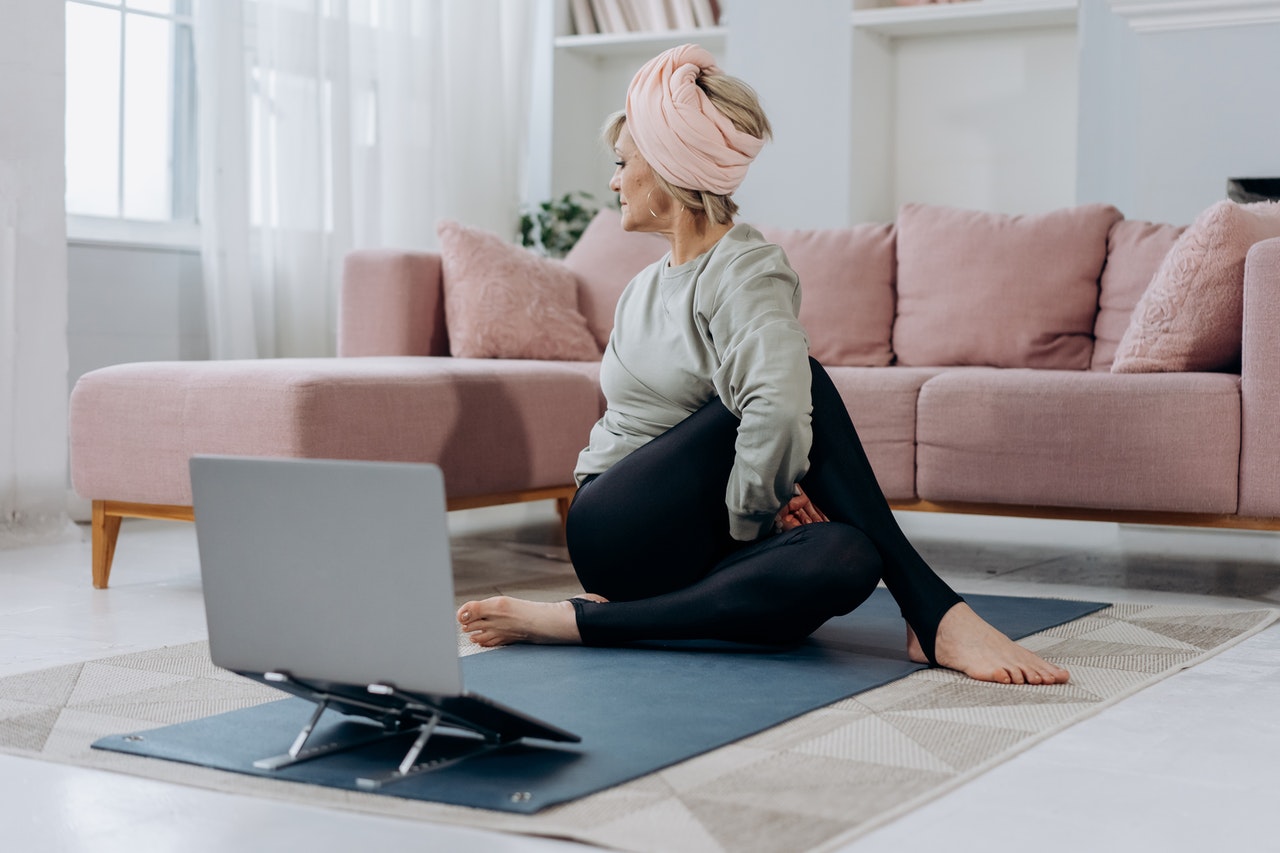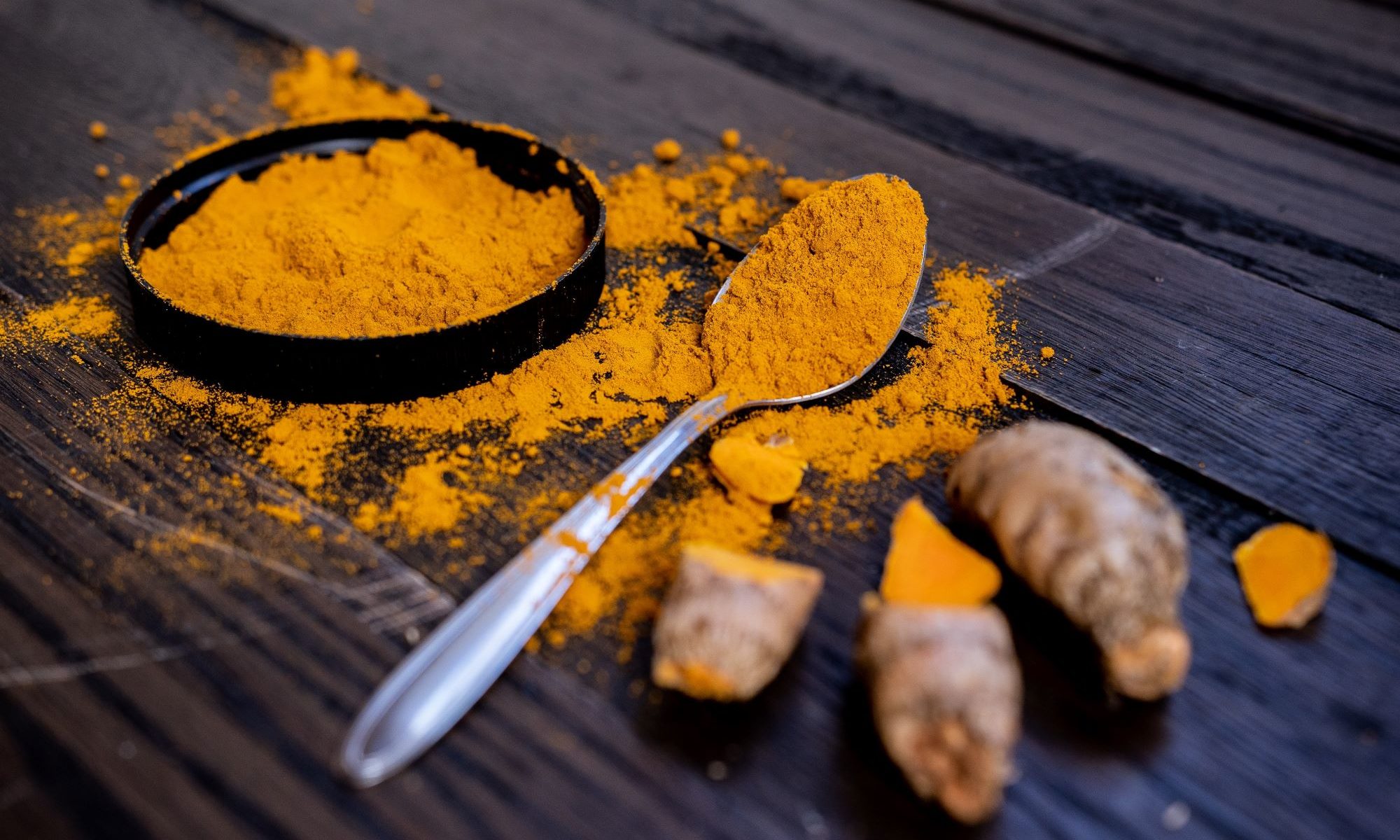Typically, when your muscles are sore, the signs are obvious. You experience pain and tightness in the area, possibly cramping and maybe muscle fatigue. While muscle tightness and tension can happen on your pelvic floor, the signs may differ from what you typically experience. In fact, many of the symptoms of a tight pelvic floor occur in other areas of the body, making it difficult for many to self-diagnose the condition. If you’re curious whether you live with a tight pelvic floor, assess your body for the following symptoms.
1. Difficulty Urinating
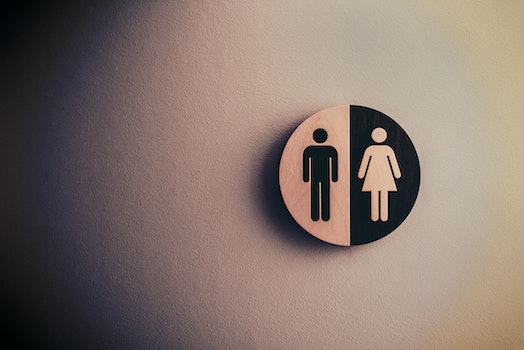
When your pelvic floor muscles are in balance, you may never think twice about your bladder function. This is because when you urinate, your pelvic floor muscles do all the work for you without you even having to think about releasing fluids. However, if your pelvic floor is hypertonic — meaning it is chronically contracted, shortened or tight — urinating may not come so naturally. When you sit down, you may have difficulty relaxing your pelvic muscles enough to release urine or to empty your bladder fully. In addition to being frustrating, this symptom can also cause discomfort, as it may result in you feeling a chronic urge to urinate.
2. Pain During Intercourse or Penetration

You may not experience any other symptoms of a tight pelvic floor, but if you live with a hypertonic pelvic floor, you will experience pain when something — whether it be a finger, penis or tampon — penetrates the vaginal walls. Upon penetration, your pelvic floor muscles should relax and lengthen to allow the object in. However, penetration is likely to cause extreme physical discomfort if the muscles are chronically tight.
3. Lower Back Pain
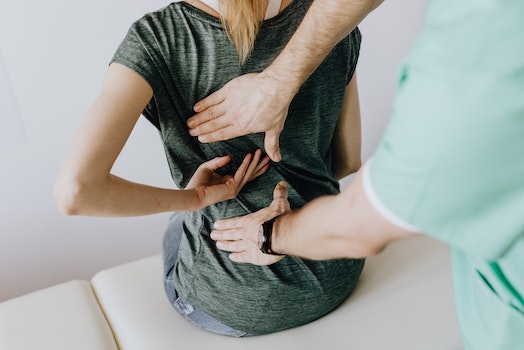
Lower back pain is a common but often overlooked symptom of a tight pelvic floor. Research shows that tightness in the pelvic region causes tension in the surrounding areas, including the lower back, pelvic girdle and hips. Evidence also suggests that weak pelvic floor muscles can also cause lower back pain, as the condition causes core stability issues.
4. Leaking Urine
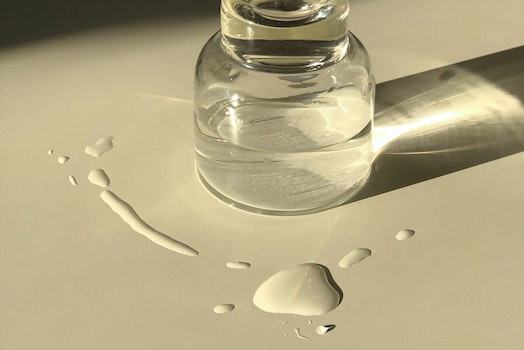
Some people with a tight pelvic floor experience difficulties when trying to urinate, while others experience ongoing leaking. If your pelvic floor muscles are constantly contracted, they may be unable to close the urethra properly after urinating. This may result in continuous continency.
5. Constipation

A final surprising symptom of a hypertonic pelvic floor is chronic constipation. To release stool, both your pelvic floor and anal sphincter must work together to lengthen and relax enough for the stool to pass through the rectum and out of the anal opening. When the pelvic muscles are continuously contracted, they can’t perform their part of the job, thereby making bowel movements painful and difficult.
Relieving Pelvic Floor Tightness

A tight pelvic floor can cause significant pain and discomfort and drastically interfere with your everyday life. The good news is that loosening those muscles is easier than you might think. To effectively release tension, try doing the following:
- See a physical therapist specializing in pelvic floor therapy, as they can help you pinpoint the issue and advise you on the best course of treatment.
- Avoid Kegels, as Kegels will only contract your muscles further.
- Do floor lengthening stretches, such as deep squat stretch and happy baby.
Pelvic floor tension can manifest strange symptoms throughout the lower half of your body. If you experience one or several symptoms, perform a self-assessment and try the above tips.




